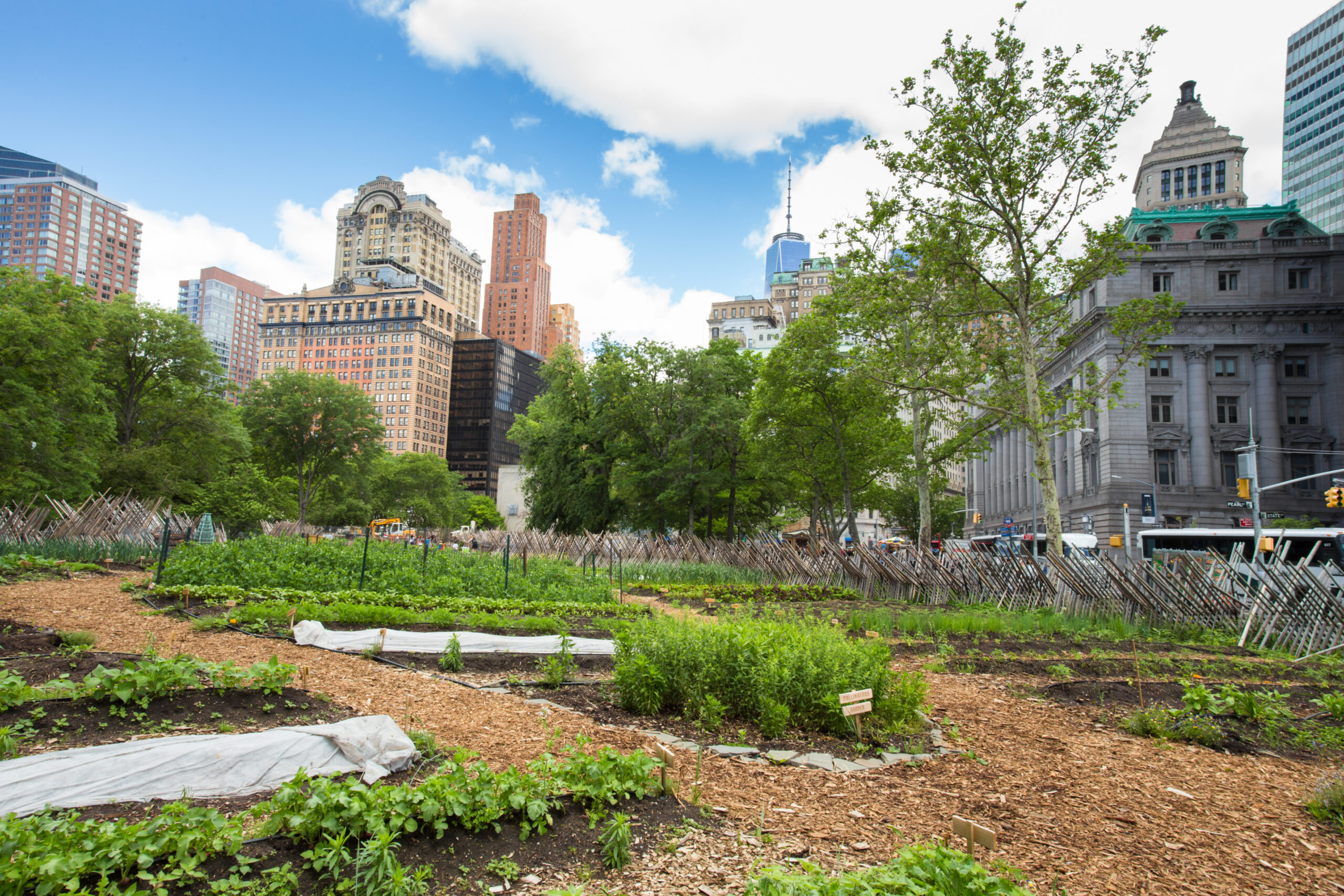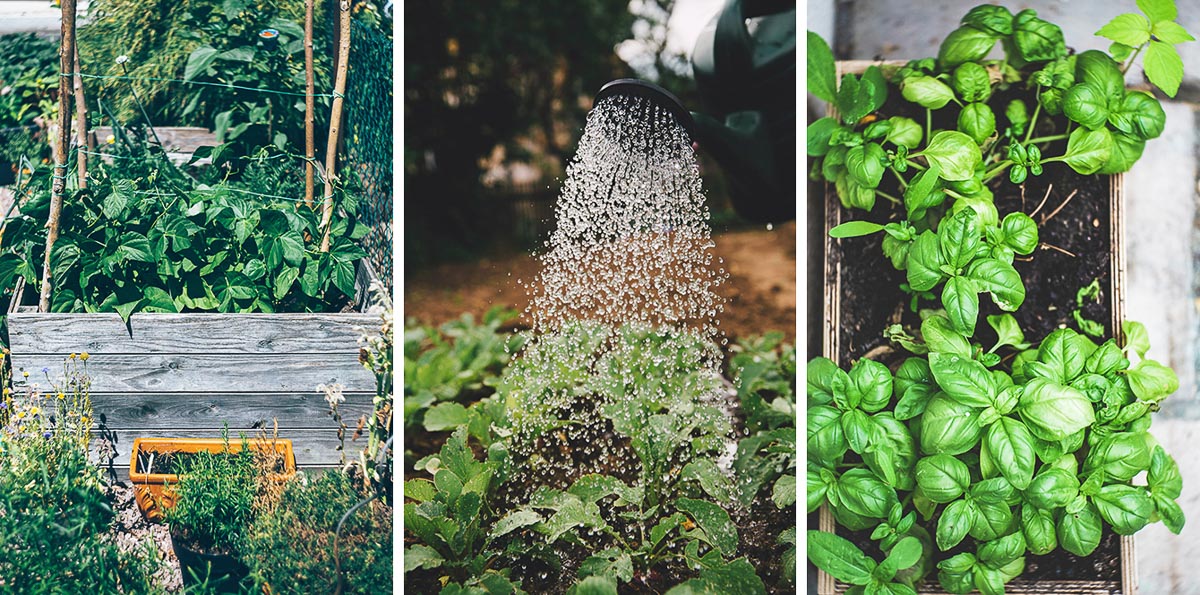An Unbiased View of City Blooming
The Greatest Guide To City Blooming
Table of ContentsThe Single Strategy To Use For City BloomingThe Basic Principles Of City Blooming Not known Facts About City BloomingThe 30-Second Trick For City BloomingThe Greatest Guide To City Blooming
Intrigued in growing food up for sale in the City of Chicago? Believing concerning starting a community yard? Changes to the Chicago Zoning Ordinance enable farming uses like neighborhood gardens and metropolitan farms in several parts of the city. Below is a list of frequently asked inquiries relating to the policies and guidelines that farmers need to consider when intending a city agriculture task.
The zoning change does not customize any kind of various other codes dealing with composting, building licenses, purchasing or renting City owned residential or commercial property, service licenses or environmental contamination. There are existing codes that regulate these concerns and they remain in complete impact and may apply to your job. Community yards are typically owned or taken care of by public entities, civic companies or community-based organizations and preserved by volunteers.
Urban farms grow food that is intended to be sold, either on a not-for-profit or for-profit basis. Due to their commercial purpose, metropolitan farms require a company permit. Yes. A community yard is enabled to sell excess produce that was expanded on site if the sales are accessory or secondary to the yard's main function defined above.
Not known Factual Statements About City Blooming
The quantity of compost product can not exceed 25 cubic yards at any type of provided time according to the requirements in 7-28-715 of the City's Municipal Code. Since the soil at the majority of new yard websites needs amending, compost, dirt, wood chips, or various other products can be acquired to create or improve the growing room.

If a building permit is required then the hoophouse will be considered an accessory structure. You can figure out even more regarding the building license demands by calling the Division of Structures. The 25,000-square-foot size limitation is intended to avoid a solitary community garden from dominating a provided block or diminishing the block's existing household or industrial character.
The limit does not apply to gardens located in Public Open Space (POS) districts. Can there be greater than one area yard that is 25,000 square feet on a single block? Yes. The size limit puts on specific gardens, not to individual blocks. No. Secure fencing is not called for, nonetheless, yards that have huge parking lot may be required to mount fence or other landscaping attributes.
City Blooming Fundamentals Explained
B1 & B2 areas need that all business use tasks be performed indoors. R districts limit business activity. The policies show the objective and intent of the Zoning Code. Is fencing required for urban ranches? Yes. Fencings may be needed, along with landscaping and screening, for sure car parking locations and outdoor work or storage locations depending on area and the specific task happening.
Yes. Urban farms require building authorizations and zoning approvals prior to construction. Other kinds of city testimonial might be called for depending on specific frameworks, tasks, dimension, landscape design, licensing, public heath and stormwater management concerns. Numerous of these demands are recognized in the project design or permitting process, nevertheless, the candidate may be accountable to separately recognize particular licenses or permits that may be needed.
The Department of Organization Affairs and Consumer Defense can assist determine the specific type of organization license that's needed. Off road parking is needed for the majority of industrial jobs in Chicago. The required number of parking rooms is based on the number of workers working on website and not the square footage of the growing room.
Indicators on City Blooming You Need To Know

Yes. An urban ranch can sell compost product generated on website, nonetheless, the procedure should conform with the policies in 7-28-715 of the Chicago Municipal Code. Yes. Aquaponic systems are permitted inside your home on city farms in several zoning districts. A zoning review and building license is called for in order to set up frameworks or systems and a company license is required as described above.
Approximately five hives or colonies of honey may be maintained as an accessory usage. Beekeepers need to sign up with the Illinois Division of Agriculture. For additional information concerning the suggested zoning amendment you might contact the Department of Real Estate and Economic Growth, Bureau of Planning and Zoning at 312.744.8563.
Farming in cities and city locations A metropolitan farm in Chicago. Urban agriculture describes different practices of growing. https://city-blooming-46604195.hubspotpagebuilder.com/blog/city-gardening-cultivating-green-spaces-in-urban-areas, processing, and distributing food in urban areas. The term also uses to the location tasks of pet husbandry, tank farming, beekeeping, and cultivation in a metropolitan context. Urban farming is differentiated from peri-urban agriculture, which takes location in country locations beside suburbs.
Excitement About City Blooming
It can include a movement of organic cultivators, "foodies" and "locavores", who seek to develop socials media based on a shared values of nature and community holism. These networks can develop using official institutional support, coming to be integrated into regional community planning as a "transition community" activity for sustainable city development.
In either situation, the much more direct accessibility to fresh veggie, fruit, and meat items that may be realised through urban agriculture can improve food protection and food security while lowering food miles, bring about reduced greenhouse gas exhausts, thus adding to environment modification reduction. Some of the initial proof of metropolitan more agriculture originates from Mesopotamia.